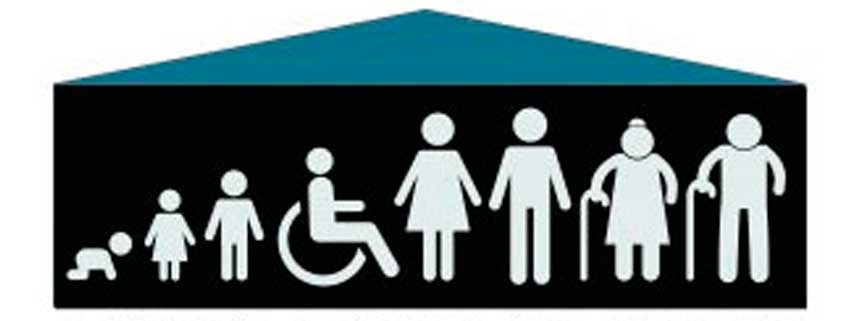UNIVERSAL DESIGN
What is Universal Design?
Universal Design (UD) refers to broad-spectrum ideas meant to produce buildings, products and environments that are inherently accessible to all people regardless of age or ability.
Pretty much everyone knows a friend or family member that has suffered mobility issues as a result of either an accident or old age. Too often they find that the home no longer functions properly for them. Many times extensive renovations are required to continue to stay in their home. Unfortunately the majority of homes are not built with the notion of accessibility in mind.
Many people think of the Americans with Disabilities Act (ADA) when they think of accessibility, but universal design is different. The UD process differs from one complying with accessibility standards by integrating accessible features throughout the overall design. This difference in process is important because integrating these features throughout results in better design. Additionally, it prevents stigmatization often associated with accessible features that have been added on late in the design process or after it is complete, as a modification. Universal design also differs from accessibility requirements in that accessibility requirements are usually prescriptive whereas universal design is performance based. Universal design does not have minimum requirements but instead addresses usability issues.
For example some of the most simple design features involve things like levers instead of knobs on doors and faucets. But good design involves everything from lighting to flooring choices and many things, such as wider doorways and hallways, should be integrated early in the design phase.
At Abueva Builders we encourage all of our customers to think beyond their current needs and incorporate UD features into their projects whenever possible. In many cases these features add very little to the cost of construction but prove invaluable to the long term enjoyment and useability of the home.

